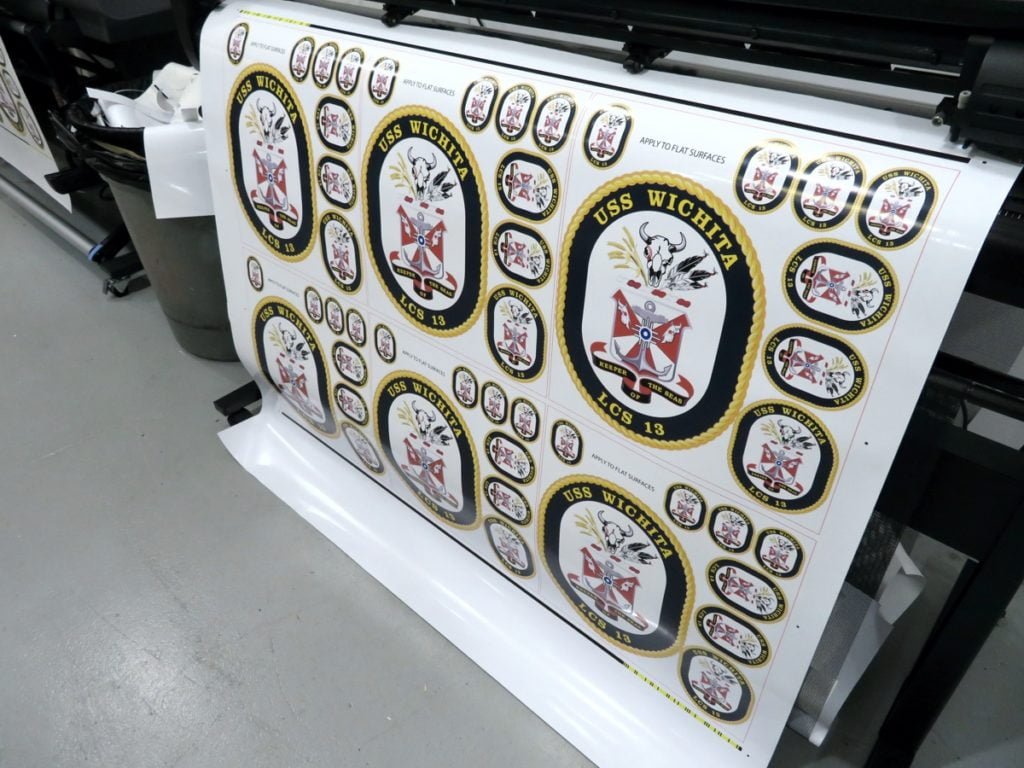Running a start-up is most often marred with issues like limited resources compared to large corporations, which make it almost impossible to plan for marketing promotion. It is for this reason that entrepreneurs must play their cards right by making wise choices in devising different ways of promoting their businesses.
With that said it takes much more than setting aside a marketing budget. There are a few things that need to go into the thought process. For instance, if you are using print for purposes of marketing your business, you need to ensure that your campaign has a maximum impact on your target market.
To truly understand how best to come up with your budget, let’s first define what a ‘marketing budget’ is. A marketing budget in business refers to all costs associated with marketing, promotions, advertising, public relations, and anything else that falls under the very wide blanket called ‘marketing’. This included print ads, Google Ads, social media, collateral, and even sponsorships.
As 2019 unfolds, we have put together a few tips to help you align your print promotion strategy without spending a fortune. At the end of it all, you will start seeing wonderful growth and efficiency in terms of resource allocation.
But first things first…
Why Do You Need to Create a Marketing Budget?
One of the most affordable ways of advertising is through the word of mouth. However, you cannot exclusively rely on it as it has its own limitations given that the word can only go far. By including a print promotion budget in your overall marketing budget, you will be reinforcing the word of mouth campaign by reaching a wider audience.
As a general rule of thumb, the overall marketing budget baseline of a startup operating from ground zero should not exceed 15% of the annual revenue. Keep in mind, though, that a lot of variables will keep this changing.
Lastly, it’s always recommended to incorporate multiple print marketing initiatives at a once depending on how big your budget is. Once you realize what is working, you can zero in on it, really refine it, and go all in on it to spawn a reliable marketing machine.
Use Sales Data to Create a Budget
Sales are the gasoline that keeps your business running. An abundance of or lack of it sales thereof could be the difference between staying in business and closing down altogether. As such, using the sales data to create your marketing budget is extremely important. This is because you are able to use historical sales data in creating the budget in relation to the projected future sales growth.
If you happen to have previous year’s sales records, the first step is to calculate the number of sales. This number will then help you in allocating the marketing budget for the year that follows. Essentially, you can choose to maintain a linear budget or increase it to match your marketing ambitions especially if you are looking to boost future sales.
If you do not have any sales records from the previous year, cut yourself some slack and forecast the anticipated sales for the year to follow and dedicate a sales percentage towards marketing. Ideally, a minimum of 10% of the projected sales revenue is a good place to start.
Devise an Objective-Based Budget
Marketing results do not change based on what you think, wish, or believe. Instead, they are entirely pegged on facts. Coming up with factual and definitive business objectives is an important aspect of budgeting. Time and again businesses are always facing the challenge of aligning their print marketing budgets with the sales objectives whereby executives allocate an inelastic marketing budget.
However, objective-based budgeting is the best way to go. This is because it allows for budgeting rooted in the business’ objectives. The primary goals of this objective-based budgeting are brand awareness which generally pays off in the long-run and attracting in-market customers. Basically, it begins by asking what you are planning to achieve and what will it cost you to achieve it. To answer these questions, it’s important to probe customers on how they came across your brand and even checking out what your competitors’ advertising models are to help you align your activities with your objectives.
Once you have figured out the cost of these activities, you can proceed to use that information in creating your marketing budget.
Optimize Your Marketing Budget
After creating your marketing budget, the next step is to get the most bang for your buck. This means having a structured plan to help improve profits, reduce costs and increase returns on investment. Below we have briefly explained different types of budgets:
- Basic marketing budget –Encompasses three B’s: the business cards, banners, and brochures.
- Medium marketing budget –Focuses on augmenting the three B’s by throwing flyers and postcards into the mix.
- Full marketing budget – Featured custom options and other additional products making your business stand out.
Incorporate Print Promotions in Your Marketing Budget
Banners are an easy and inexpensive tool that you can use to promote your business or even special events. Here are a few ideas for print promotion:
- Vehicle wraps: you can turn company cars, vans, and trucks into mobile billboards to promote your brand wherever you go.
- Printing your business information on window and even on display products easily catches the attention of potential customers.
- Site signage for potential customers to easily locate and identify your business.
Final Thoughts
Launching your own print promotion campaign is a tricky process that requires a well-thought-out budgeting plan. It’s absolutely necessary to find a good return on investment for both the print spend and time invested in the project. Identifying your objectives and acknowledging that your competitors are important players in the overall planning process is important. It’s also paramount to consider advertising methods best suited for your business as they will have a bearing on the size of your marketing budget.
Lastly, always remember that a coherent print promotion campaign is what will reel the customers in, even more than your product or services. As such, it should be able to answer any questions that your customers might have. After all, it is the “antidote” that makes your product or services appealing to potential customers who are showing enthusiasm on what you are offering.

